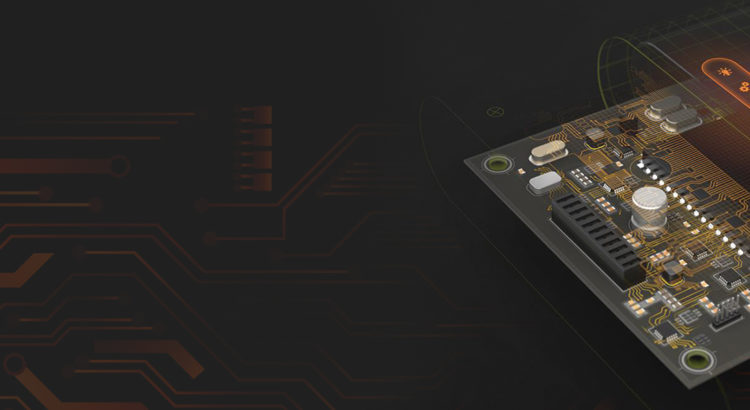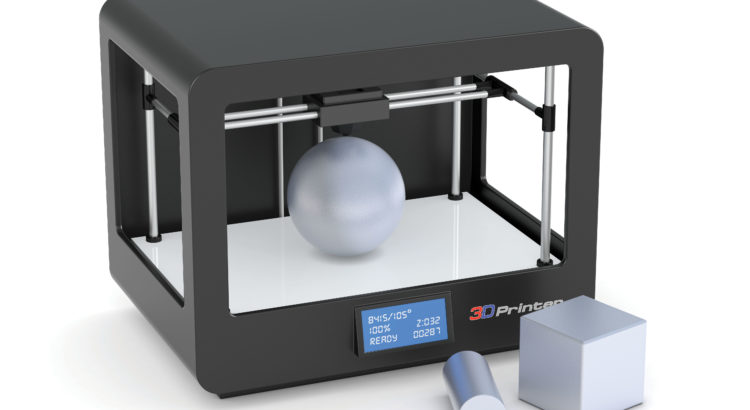The Engineering and Construction Industry is one of the fastest and most lucrative industries in the world. Due to its massiveness, it is now on its way to join hands with digital technology, Artificial Intelligence, and Machine Learning. These initiatives aim to meet the growing demands of more and more buildings soon.
The Annual Connect and Construct Summit conducted in London recently by Autodesk discussed how the construction industry could tackle this growing demand. One of the construction partners at the event was the Royal BAM Group. It is a lifecycle construction firm with several projects all over the world. These firms use the concepts of Machine Learning to enhance their workflow. There are several other reasons why these companies are using Machine Learning to power their business.
Data Analysis
The concepts and methods of Machine Learning can collect a massive amount of construction data. These tools can then use this data to catch errors and fixing them in a short time. The concept also helps to saves costs in hiring experts and fixing errors.
Insights by Construction IQ
Construction IQ is a part of Autodesk 360 platform which uses BIM project data and machine learning to predict risks associated with a project. The technology is also able to identify some issues which were difficult to predict otherwise such as fall hazards, water hazards, pending inspections, and even issue which is overdue from a long time.
Machine learning tools can categorize these issues into high and low risks and notify the contractors and subcontractors about them. Construction IQ also identified one of the biggest risks that focused on the human errors. It was found that workers at several times fix the issue indicated by the system manually but forget to close it in the system. This revealed the shortcomings of the digital shortcomings of the present systems and the areas on which machine learning needs intervention. The machine learning algorithms thus helped the construction professionals by providing realistic insights with the help of smart algorithms to mitigate them.
Empowering BIM 360
Machine learning-powered Construction IQ, together with BIM 360 helped the construction teams to reveal actionable details and improved performance. For instance, it increased number of active users in BIM 360 tool, increased number of active projects in BIM 360, the BIM Collaboration tool also saw additional active projects in BIM 360 Glue, and the BIM construction Docs also saw a surge in active users.
Overall, the concept of machine learning and automation are gaining more success today than ever before. Apart from the other domains, it is also on its ways to revolutionize the construction industry. The technology will also help to develop innovative and stronger building designs in the near future.


